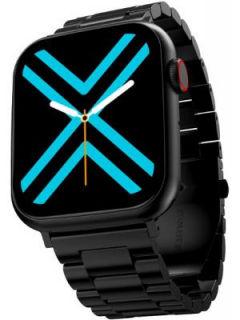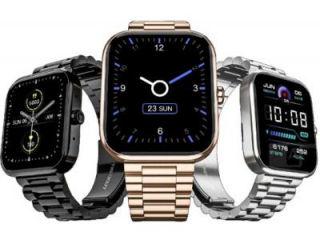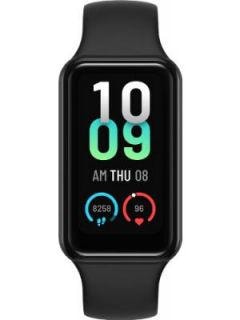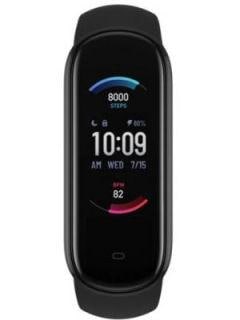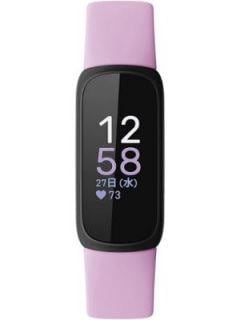Meta Quest 3 vs Apple Vision Pro: How do the most promising headsets on the market differ?
While adoption has been slow, this new generation of devices will drive a powerful industry in the coming years.
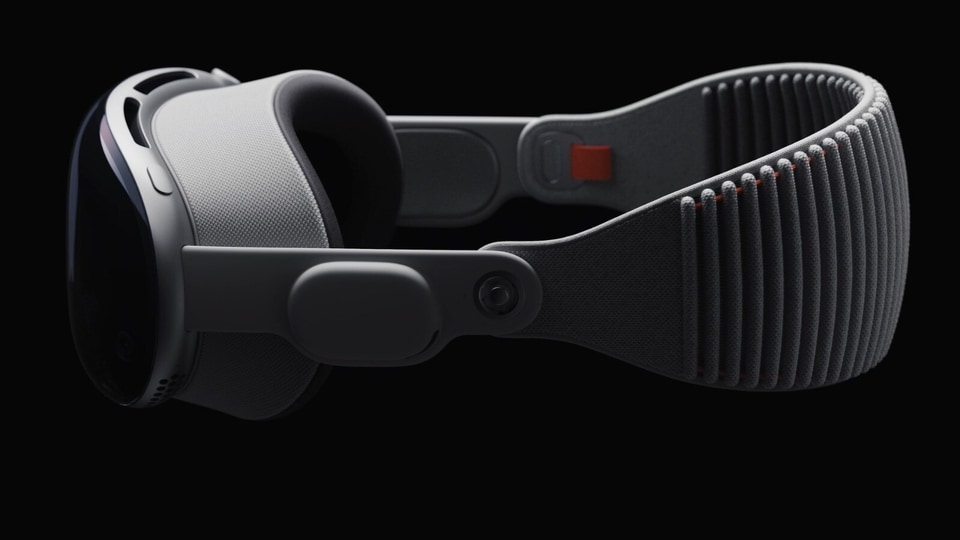
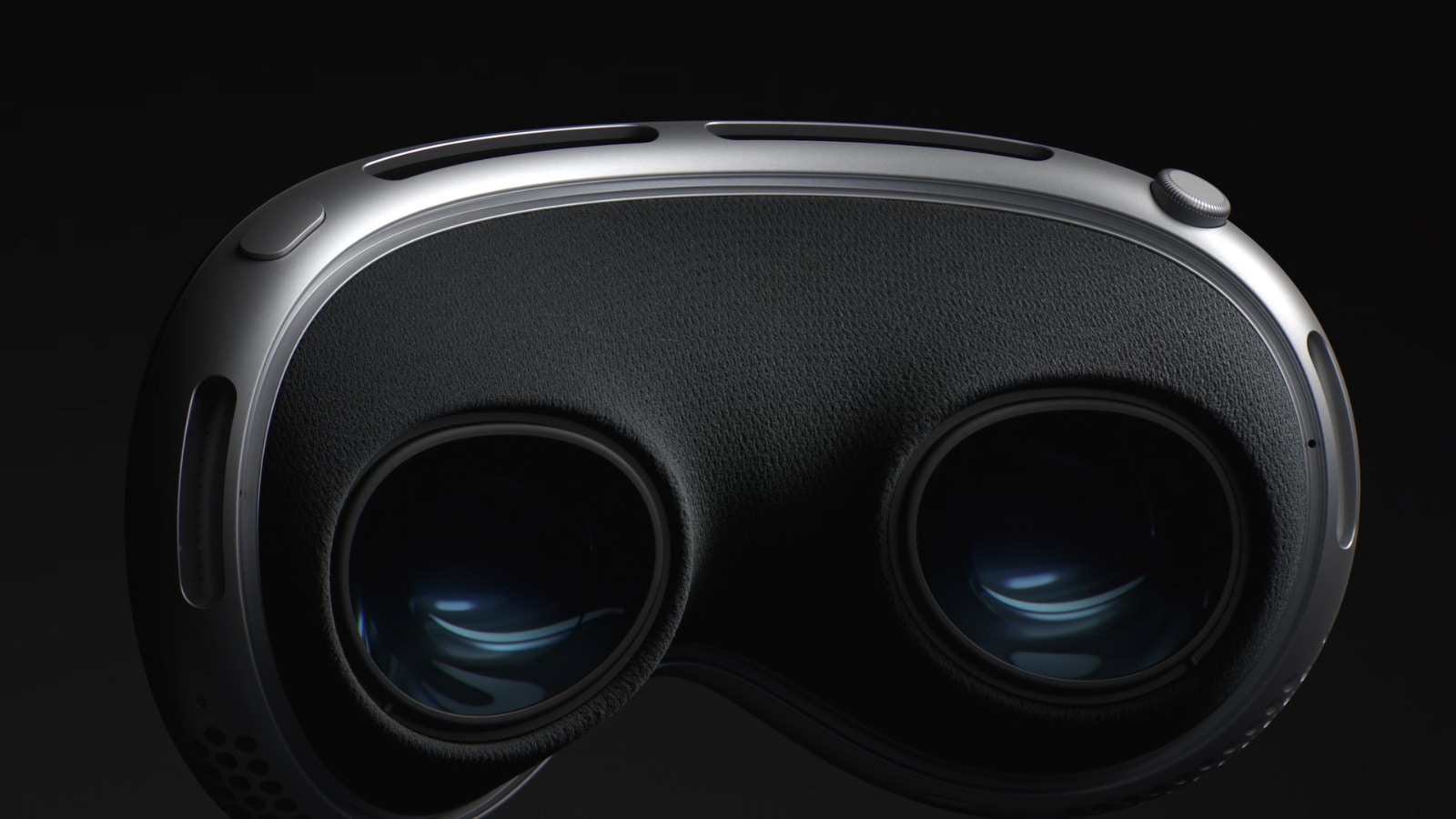
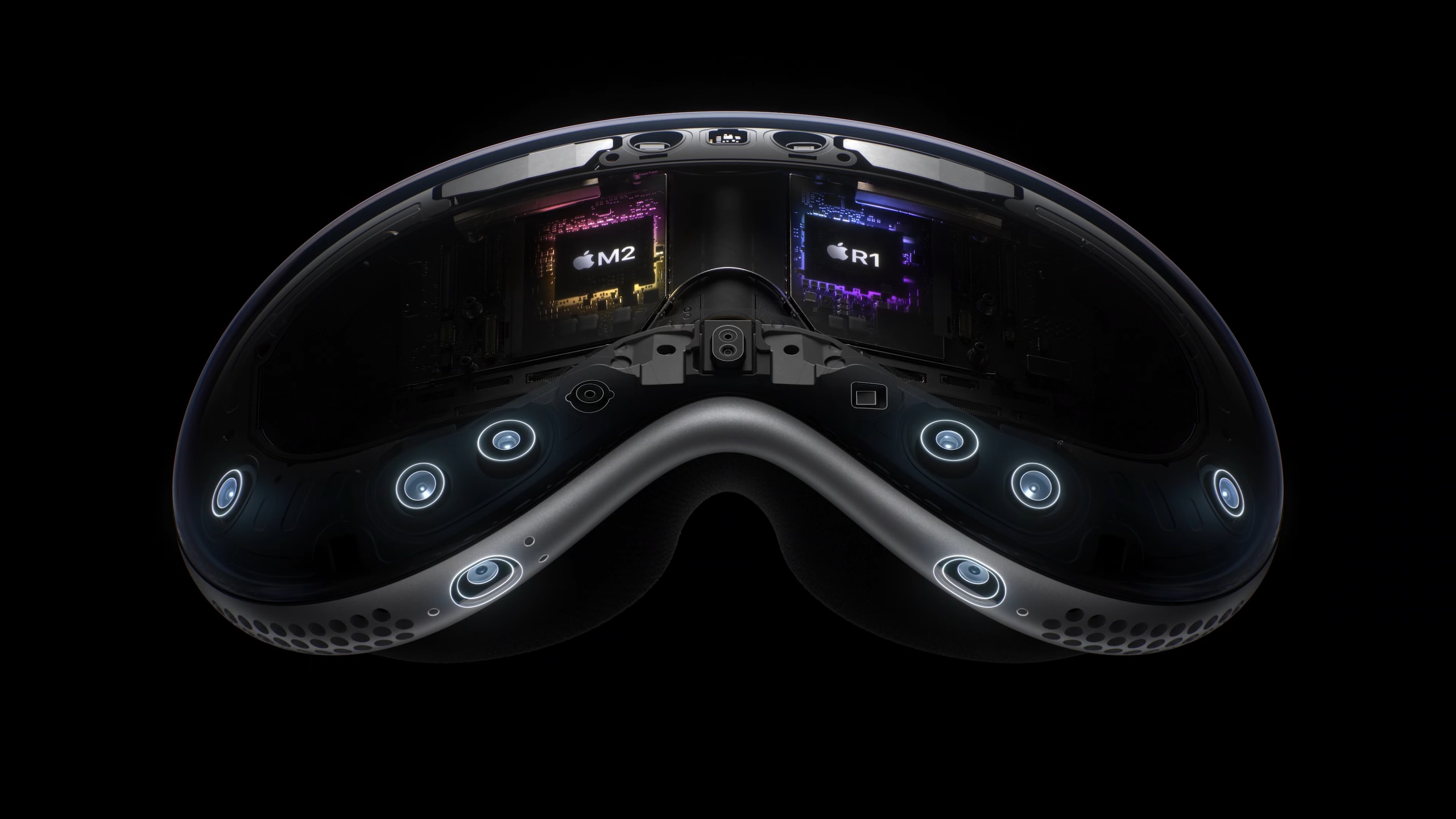
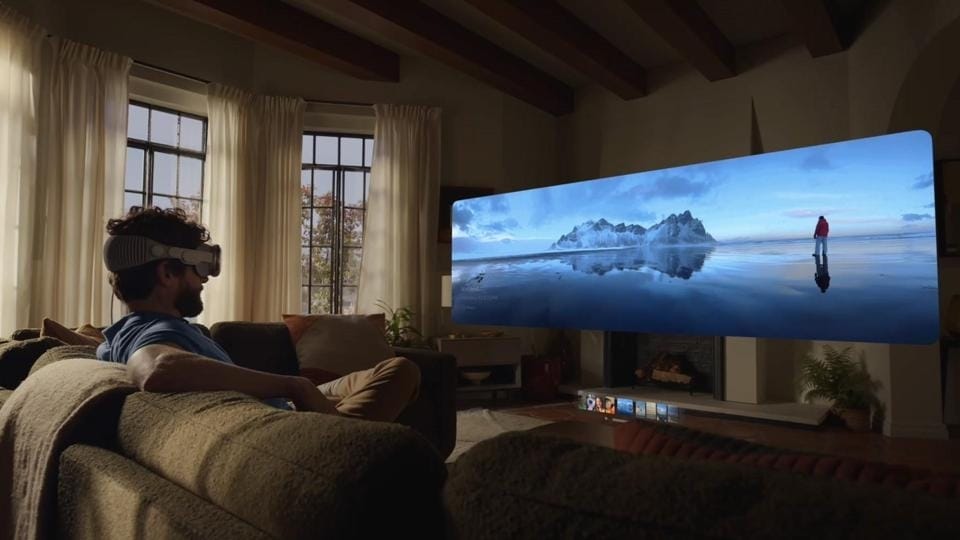
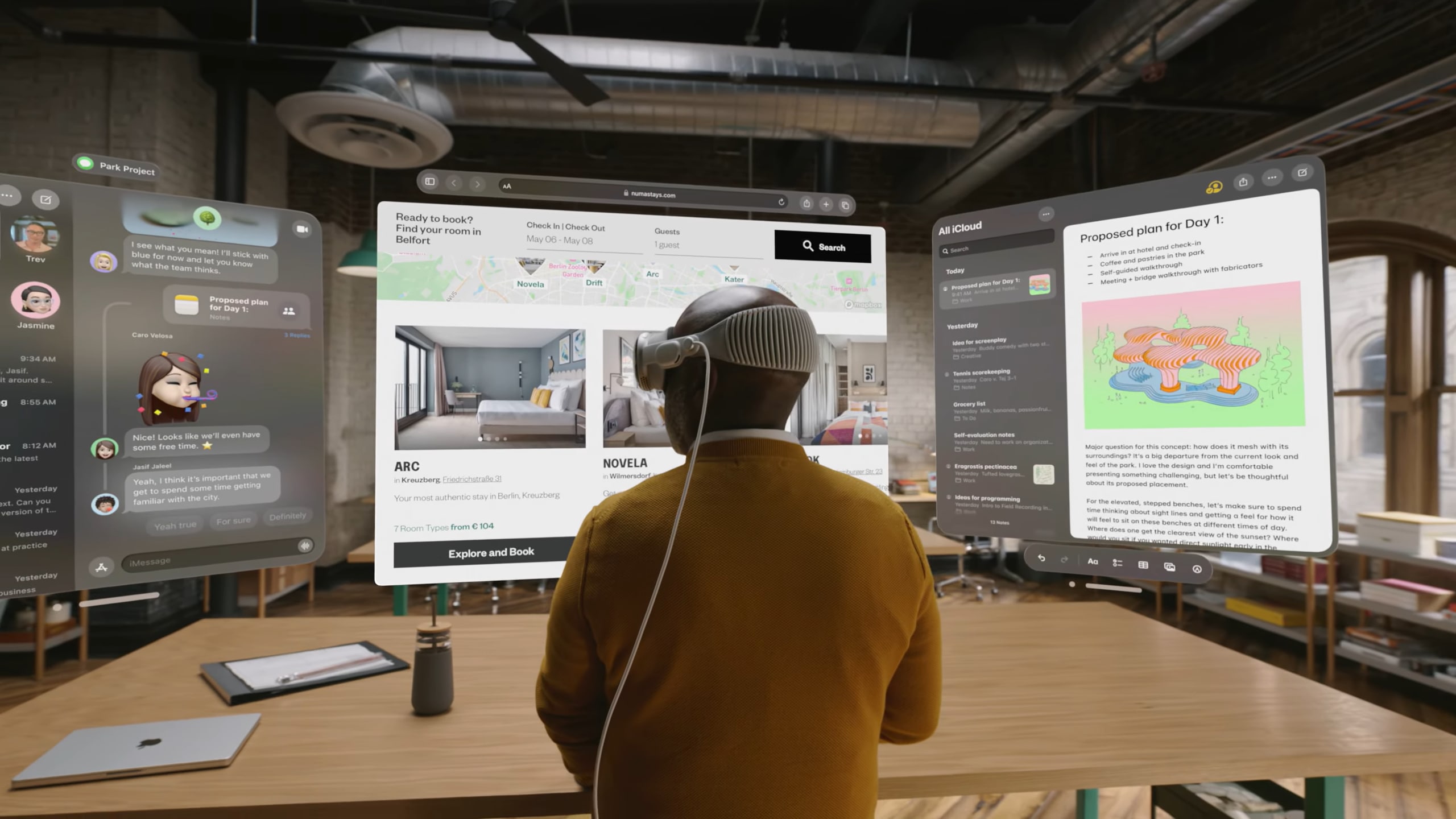

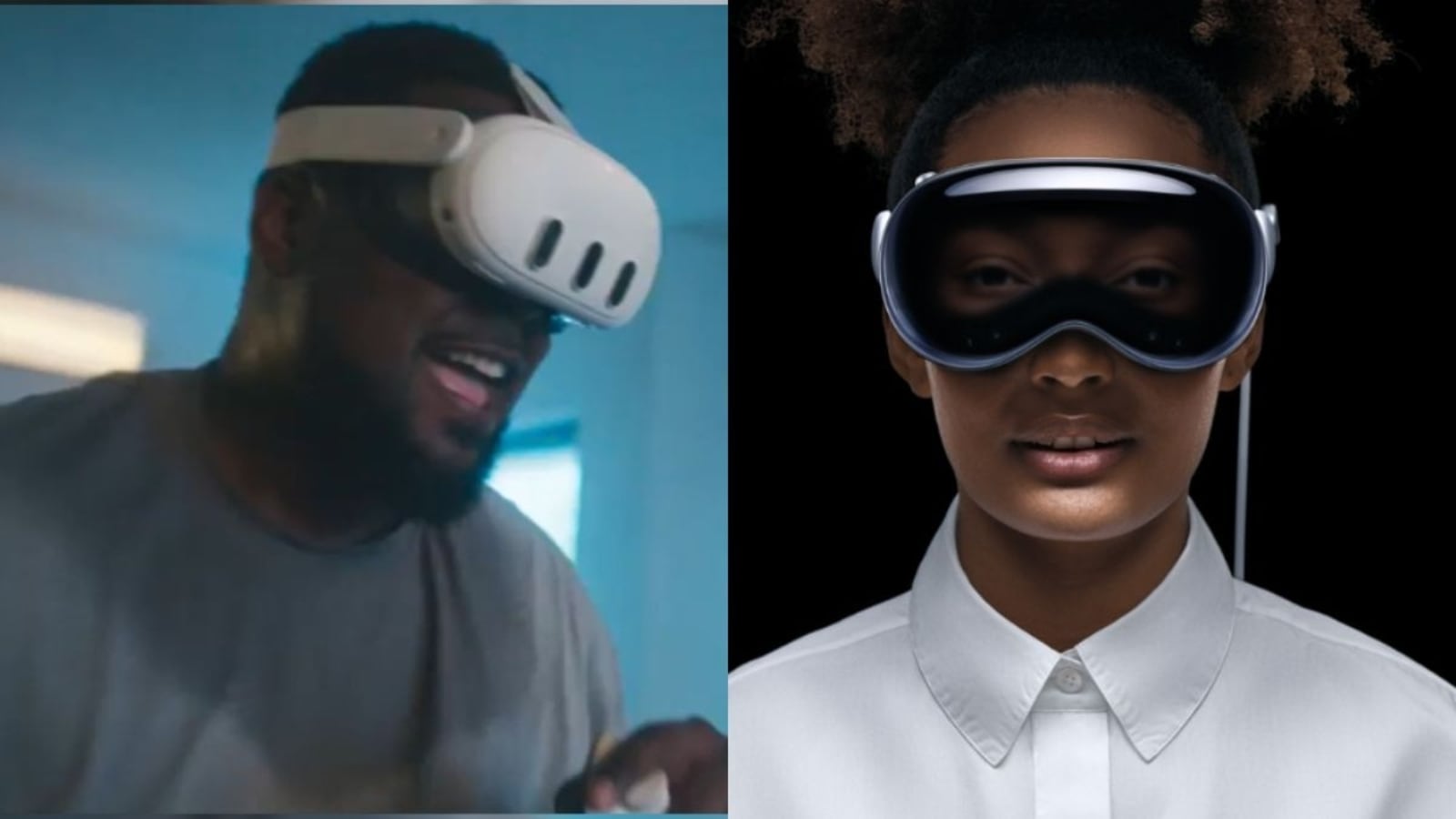
 View all Images
View all ImagesAlthough several companies are developing devices focused on bringing virtual reality and augmented reality experiences to the mainstream, Apple's announcement of its Vision Pro AR/VR headset has reopened the debate about the future of these devices.
While adoption has been slow, this new generation of devices will drive a powerful industry in the coming years. According to Mordor Intelligence, the global extended reality (XR) market, which groups all current approaches including augmented reality (AR), virtual reality (VR), and mixed reality (MR), reached USD $29.26 billion in 2022 and would exceed USD $472.39 billion by 2028.
Apple's Vision Pro was presented as a premium device, and despite its high cost, Apple knows that there is a multi-million dollar market at stake that it could take by the horns, which explains why the company has focused on talking less about gaming, and more about the capabilities of its headset to completely transform people's daily lives thanks to its focus on productivity, as the new and promising visionOS operating system was specifically designed to drive a new era of what the company calls "spatial computing".
For its part, Meta has in its favor the experience of many years developing products in this market. In 2014, Facebook (now Meta), acquired the specialized company Oculus VR for USD $2 billion and just two years later, in 2016, launched the Oculus Rift VR headset, the company's first consumer-oriented end product. Since then, its devices have evolved considerably and its library of apps and services is ever expanding.
With around 15 million units sold since its launch in October 2020, the Meta Quest 2 became the most successful VR headset to date, although now the company will have to face what could be its biggest threat yet: the Vision Pro.
At this point, there is no doubt that the most promising headsets for the coming months are the Meta Quest 3 and the Apple Vision Pro, two devices that have very different feature sets, price points and approaches, but will soon hit the market as the latest push that the consumer market needs to bring VR/AR adoption to the masses.
A differentiated approach: productivity vs. entertainment
Both headsets have mixed reality features, but they differ greatly. One of the first things consumers should be clear about is that each headset's approach to mixed reality is a world apart.
The Apple Vision Pro is presented as a spatial computing device that allows you to create and manipulate multiple virtual windows and even run iOS and macOS OS applications through hand, finger and even eye movements. Its main purpose is to facilitate collaborative work, creativity and productivity in different professional fields, although you can also watch a series on your favorite streaming platform and run games in your spare time. Overall, Apple seems to be building a complete computing platform, but much more interactive than when we sit in front of an iMac or a MacBook Pro.
For its part, the Meta Quest 3 is oriented more towards entertainment and leisure, offering a wide variety of games and virtual and augmented reality experiences, although in this case it requires external controls. The headset also allows access to work and educational applications, but this is not its main focus. For instance, many promotional videos shared by Meta CEO Mark Zuckerberg depict a sort of cartoon version of the real world, something that is closer to the Metaverse -- a fictional universe that Meta is building for the future -- which in my opinion is more like a fully animated world where avatars -- virtual versions of people -- are the protagonists.
Price: an abysmal difference
One place where there is certainly a stark difference between the Meta Quest 3 and the Apple Vision Pro is price. Meta's headset will reportedly cost USD $499 for the 128GB model, while Apple's Vision Pro is priced starting at $3,499.
This difference is due to the fact that the Vision Pro is a more advanced and powerful device, which includes high-end components and exclusive accessories. Meta Quest 3, on the other hand, is a more accessible headset aimed at the general public, which seeks to offer a good mixed reality experience without the need for an external computer and without spending a lot of money.
Considering that there are still some details to be revealed on both devices, and that neither has debuted in the market, the above simply seeks to provide clarity to consumers who are wondering what the difference is between the two headsets and what they can expect from both offerings.
The choice will depend on the budget, preferences and goals of each user. But if you are looking to have fun, explore and experiment with mixed reality, the Meta Quest 3 may be a good choice. If you want to work, create and collaborate with mixed reality, the Apple Vision Pro may be a better choice.
If you had the money to choose the option you want, what do you think would be the right choice?
Catch all the Latest Tech News, Mobile News, Laptop News, Gaming news, Wearables News , How To News, also keep up with us on Whatsapp channel,Twitter, Facebook, Google News, and Instagram. For our latest videos, subscribe to our YouTube channel.



